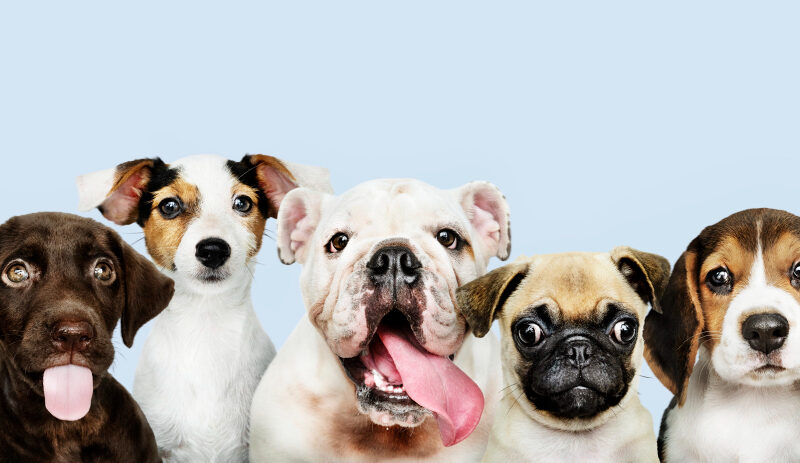What are domesticated dogs?
Dogs may have evolved into domesticated animals because our ancestors had more meat than they could eat. Wolves may have been shared with hunter-gatherers who kept them as pets during the Ica Age.
It is unknown when dogs first became domesticated or what factors contributed to this. Dogs diverged from their wolf ancestors between 27,000 and 40,000 years ago, according to genetic evidence. By the time of the oldest dog burial, which dates back 14,200 years, dogs were most likely well-established as pets.
However, it is unknown whether domestication occurred in Europe, Asia, or a variety of locations, or why. Only dogs were domesticated by hunter-gatherers; once farming became common, all other animals were housed on farms. One theory holds that wolves scavenge human waste sites and become accustomed to humans, while another holds that humans domesticated canines to help them hunt.
What made the dog domesticated?
Dogs were domesticated when ice sheets covered much of northern Eurasia and temperatures were freezing. Wolves and humans, as apex predators, would have been in high demand for food at this time.
Wolves, on the other hand, can go for weeks or even months without eating anything but lean meat, which is high in protein. Humans, on the other hand, cannot. The amount of protein that the body can digest before it requires other types of food, such as fat, is limited.
Experts are still divided about who, when, and how these wolves were domesticated. Dogs were probably unintentionally domesticated when wolves began chasing prehistoric hunter-gatherers in order to eat their leftover food. According to one theory, unruly wolves may have been given extra food scraps in order to survive and pass on their genes. These friendly wolves eventually turn into dogs.
Conclusion
It is well known that the history of how wolves were domesticated into dogs is complicated and contentious. According to scientists, dogs and their human partners may have migrated across the globe 20,000 years ago. They were practically everywhere 7,000 years ago, though not the dogs we know today as pets. The dogs were then bred for their abilities as hunters, herders, or gundogs, leading to the development of hundreds of modern breeds.
According to a 2017 study, the sociability of earth wolves that resemble dogs is genetically predisposed. The animals’ friendliness may have prompted the first contacts between humans and dogs that were beneficial to both parties, in which people gave the animals food or shelter in exchange for the animals’ assistance as guard dogs or hunting companions.
References
Becker, R. (2017). Prehistoric fossils suggest modern dogs evolved from a single population of wolves. [online] The Verge. Available at: https://www.theverge.com/2017/7/18/15992572/dog-genetics-archaeology-fossils-evolution-domestication-wolves [Accessed 2 February. 2023].
Briggs, H. (2017). How did dogs become our best friends? New evidence. BBC News. [online] 18 Jul. Available at: https://www.bbc.com/news/science-environment-40638584 [Accessed 2 February. 2023].
Daly, N. (2019). Domesticated animals, explained. [online] Animals. Available at: https://www.nationalgeographic.com/animals/article/domesticated-animals [Accessed 7 February. 2023].
Marshall, M. (2021). Humans may have domesticated dogs by accident by sharing excess meat. [online] New Scientist. Available at: https://www.newscientist.com/article/2264329-humans-may-have-domesticated-dogs-by-accident-by-sharing-excess-meat/ [Accessed 2 February. 2023].
